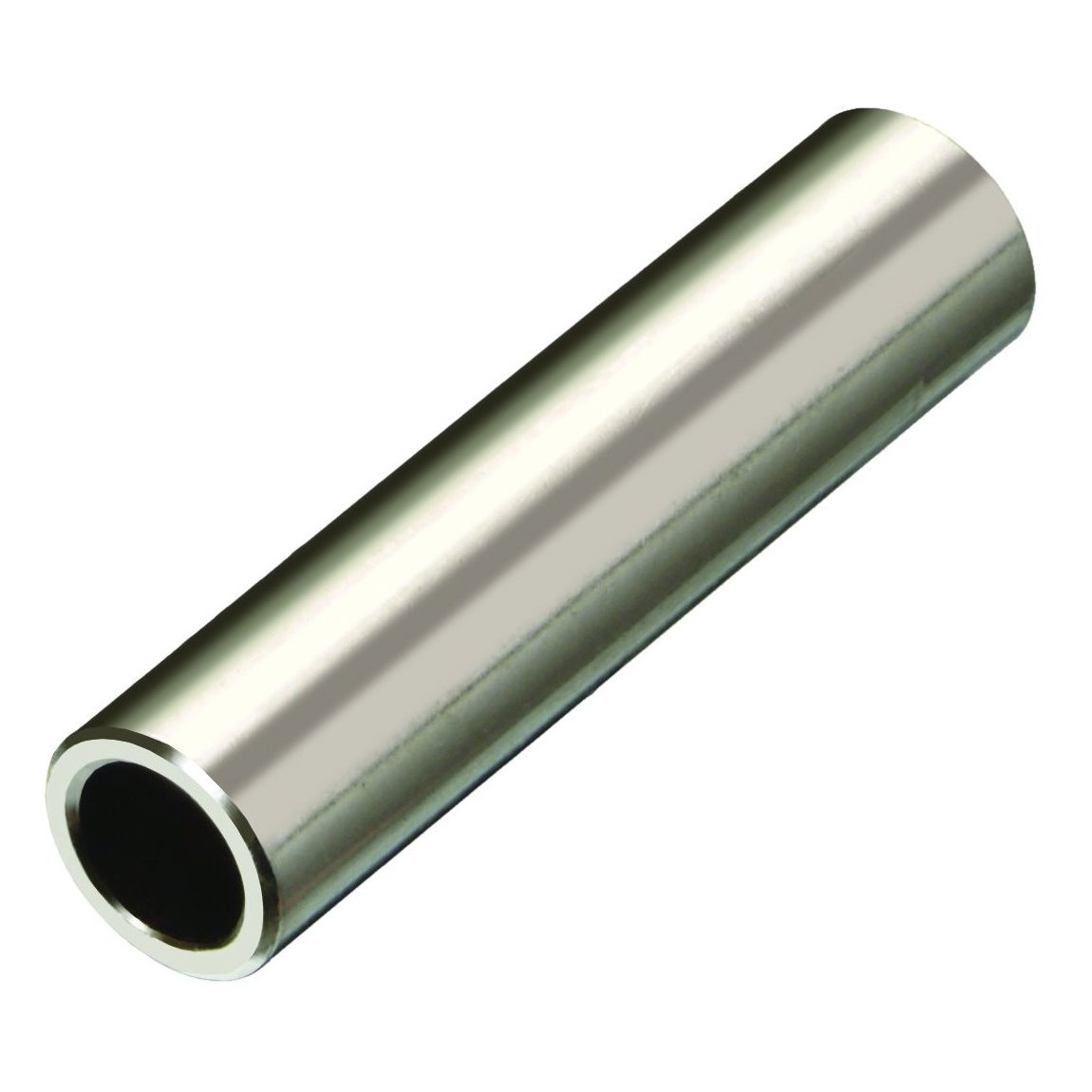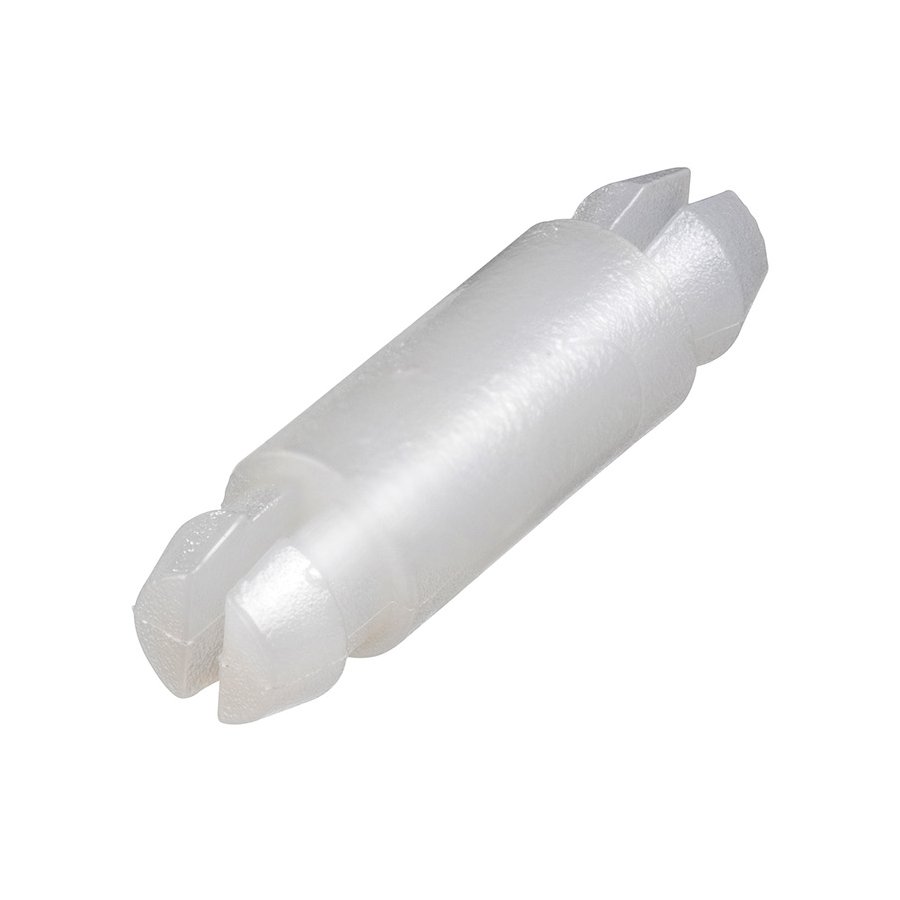The spacer/time conundrum (aka pillars of DFM wisdom)
Spacers? Pillars? They're not interesting at all are they? They're not sexy like iPhones, EVs or AI systems. No, they are not. But they are probably in smart mobile devices such as Alexas and Teslas. And if you go looking through the catalogue of a spacers or pillars supplier, you'll find a huge selection to choose from. Why is that? Surely a couple of different styles in various lengths would do? Robert Webber, European Applications Manager, Powell Electronics further discusses.
Pillars and spacers have only two functions to fulfil: they are designed to keep component parts such as PCBs and enclosures apart, and also to provide mechanical rigidity. Perhaps for this reason they are mostly overlooked by design engineers. But consider this: a poor choice in spacer selection may make it very difficult for the production engineer when it comes to final assembly. If the assembly process takes minutes rather than seconds, the cost of the end product goes up, the profit comes down and your competitor walks away with the lion's share of the sales. Not only that, choosing a spacer model with a long lead time compared to the other components on the BOM can delay the production of your project.
 Figure 1
Figure 1
Let's first look at the basic shape of the pillar. Rounded, tubular models can look very attractive. But they can be difficult to grip, especially when using a jig or fixture in final assembly, and clamps may leave an impact on the round surface (Figure 1). Hexagonal designs, on the other hand, have less aesthetic appeal but may be easier to handle and assemble (Figure 2).
 Figure 2
Figure 2
Then there is the question of the screw thread – some are threaded, some are not. The choice of which to use is a pure Design For Manufacture (DFM) challenge. How much space is there in the enclosure? Can the spacer be reached from the top and under-side, or just the top. Is it possible to access the spacer with a screwdriver? Or maybe an Allen key would be a better option?
What should we think about if the design calls for PCB stacking? It may seem simple to have one long screw and use multiple non-threaded spacers in between. But that may be tricky to assemble on a production line and tolerancing may become an issue. Instead, how about evaluating a stud design (Figure 3). Using such an approach it may be possible to blind-stack or use automation.
 Figure 3
Figure 3
Material choice for spacers is a relatively simple issue, but still one which needs addressing. Plastic is lightweight and may be cheaper. But metal spacers will provide more stability and will not degrade due to temperature or direct light. Neither will they suffer from out-gassing which can be a major concern with space missions carrying sensitive analytical optical equipment. Plastic spacers are also more easily damaged by an operator who is heavy-handed with the torque wrench on the shop floor. However, they may be cheaper, and have unique shapes and features as discussed in a later paragraph.
Finally, let's go back and consider an essential function of the spacer: to separate PCBs and enclosure fixings. If the design doesn't pay enough attention to the number of spacers required and the placement, large PCBs could flex due to the weight of the components on the board and possible shock and vibration issues during product operation. If the design has not recognised this potential problem, adjacent PCBs could bow causing the components to crash into each other, damage board to board connectors, and resulting in product failure.
So, we may need more than one spacer on each corner. And we need to ensure that there is enough PCB 'land' around the spacer/pillar hole, so we have not weakened the PCB.
Product innovation? Well, since you ask, yes there is. Figure 4 shows a self-locking plastic spacer design that comes in a range of lengths, and which simply pushes into place – no need for any further tooling operations. Simple, quick, effective.
 Figure 4
Figure 4
Here's a question for all design engineers: why do you think that distributor Powell Electronics has just put in a stocking profile consisting of 63 different pillar/spacer part numbers from the manufacturer, Harwin? So that design engineers have multiple methods to choose the right spacer to make their production engineers happy.










